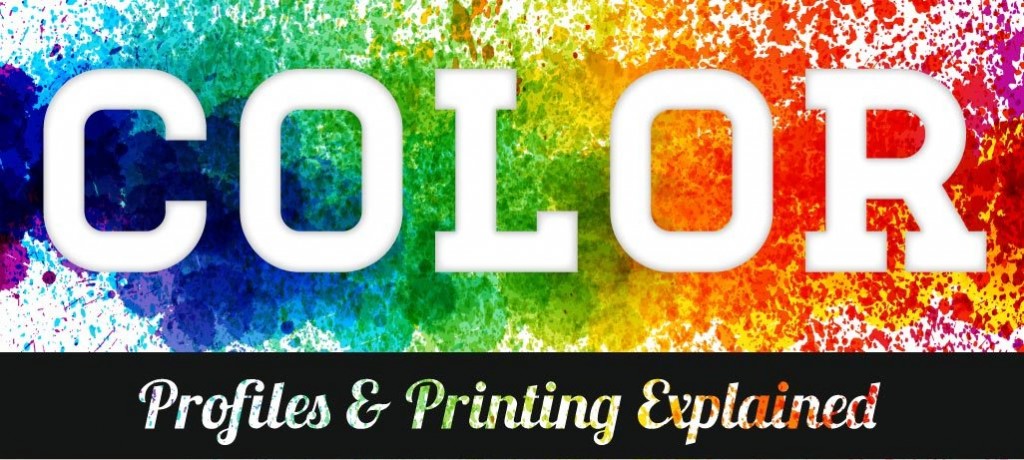Your business card or logo might look great online, but if you’re not working with a printing expert, it might not translate well into print. This graphic gives you insight into the world of color and printing methods so you can make sure your marketing materials looks as sharp as you want them to.

Here are the three color types explained in the infographic above:
1. CMYK (Cyan, Magenta, Yellow, and Black)
You’re probably familiar with CMYK because you’ve replaced ink cartridges on your work or home computer. It’s also the system that print places like Kinkos use. These colors are combined to make many different hues and if you mix them all you get black.
When to use CMYK: this color profile is used for most printed products from posters to business cards.
2. RGB (Red, Green, and Blue)
This is what computer and other digital screens like your TV use and combine for all the colors you see. Since they are colors used for lit screens and natural light brightens the hues, the colors don’t translate well into print, where there isn’t light behind them. If you use these in printed materials the colors will seem darker or off. Mixed together, these three basic colors create a pure, bright white.
When to use RGB: for designing digital or screen content such as an app, website, digital magazine, or for a TV commercial.
3. Pantone Colors
If you need an exact match to a certain color and makes sure it looks the same across many applications (paint, your logo, etc), Pantone helps you do that. For example, Coca-Cola has a certain red that they want to be consistent on all their branding materials. They use a system like Pantone (one of the most popular) to make sure that it’s the same across large printing jobs and different materials. Professional designers and printers are most likely to use Pantone.
When to use Pantone: Printed material. You can use a Pantone swatch book that has colors assigned to exact numbers. This will gives your printed piece the cleanest and truest color result.
Understanding color profiles also helps create a professional seamless look. for your brand or for your print job. A common mistake people make is switching between color profiles. Maybe your designer made your business cards using CMYK file, but you sent it as a file in a Word document (making it a .JPG file). Now you’ve switched to the RGB color profile. If you wanted the cards printed the file needs to be switched to CMYK. It is better to have a specific formula for each use so the colors are consist and your keep the integrity of your print job.
Source: The Logo Company
